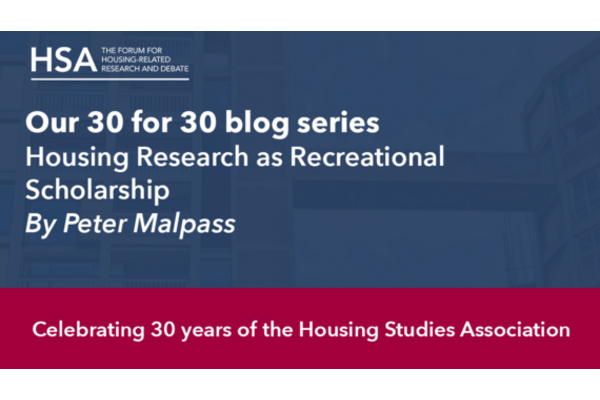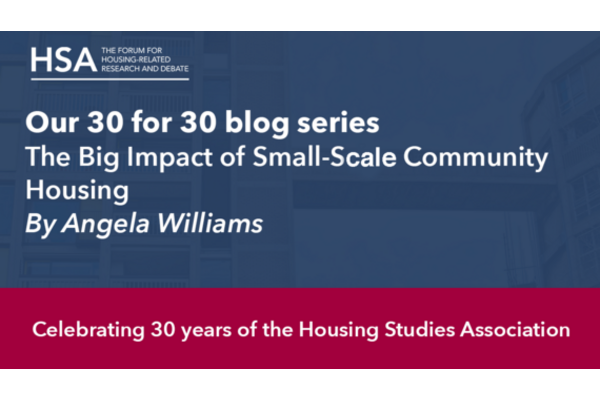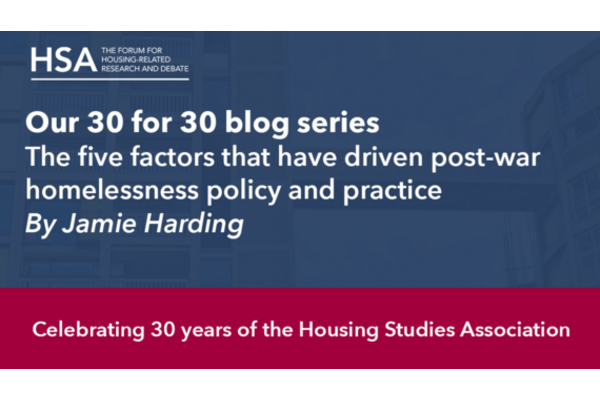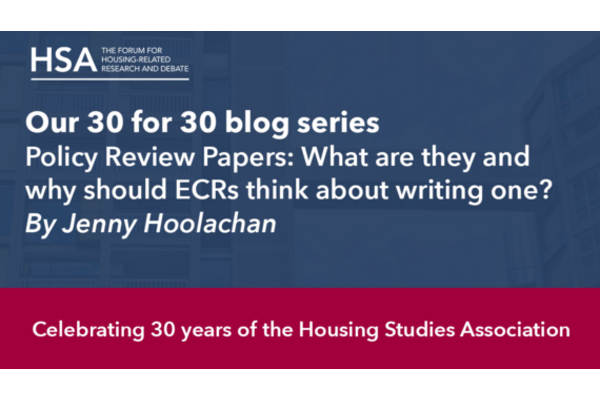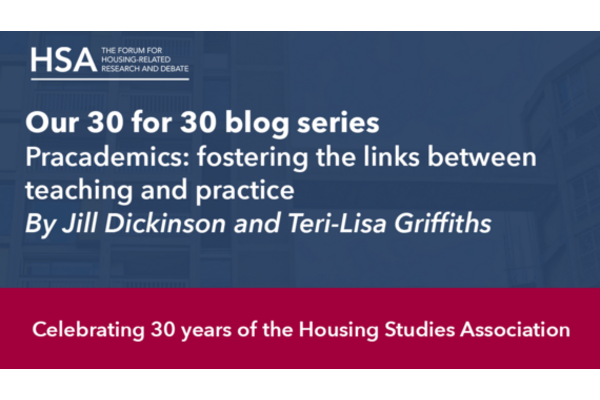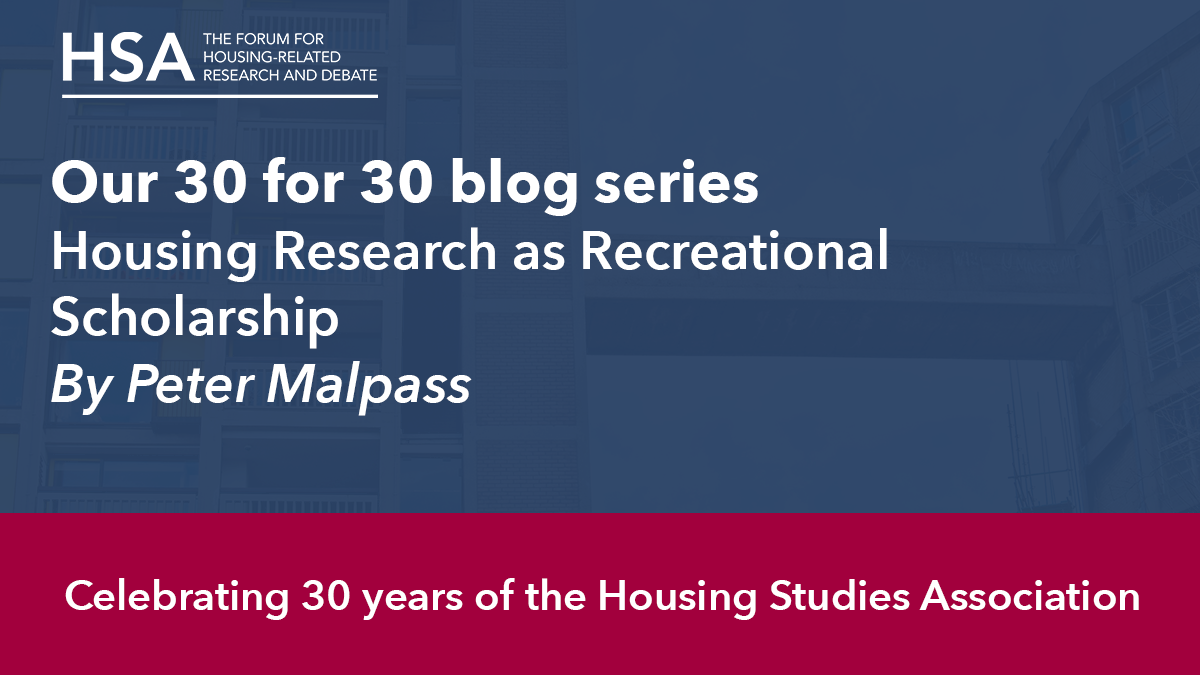
Housing Research as Recreational Scholarship
Peter Malpass was a founder member and one time chair of HSA and professor of housing and urban studies at UWE, Bristol, until 2011. Over many years he published widely on housing and housing policy, but now works on the urban history of Bristol. He published The Making of Victorian Bristol in 2019 and is currently puzzling over the question of who ran Victorian Bristol. So far it seems the answer is, no-one.
When I retired from UWE in 2011 I’d had enough of thinking about housing and housing policy day in, day out since before the Right to Buy was even a cloud on the horizon of council housing. I turned instead to a broader urban history of Bristol, the city where I had lived for many years without ever studying the place itself. I discovered the pleasures of archival research and the sense of anticipation that accompanies the unwrapping of, say, an 1840s tithe map, or the opening of a volume of building plans from the 1850s. It can be lonely and dusty work, but someone has to do it.
But then came Covid-19, the Bristol Archives closed down and so did the Reference Library. In these circumstances I was thrown back on material I already had to hand, plus what I could find online. Like a lot of other people at that time I went out for more walks than I would have done normally, but I was able to walk with a purpose. Starting from the Victorian streets around where I live and moving on to other neighbourhoods, I took photographs of different house types, noted the variety of bay window designs and back extensions. I also paced out plot widths, confirming, for example, that the working class terraced houses in Victorian Bristol were almost always sixteen feet wide, irrespective of when they were built. Those dreary lockdown afternoons just flew by!
The result of what I like to think of as recreational scholarship is my new book, Housing the People in Victorian Bristol.[*] It is my perception that the history of housing has gone out of fashion in recent years, perhaps because funding is not readily available and ‘impact’ is hard to demonstrate, but it is, nevertheless, still a rewarding area of enquiry. I must admit that I am not a trained historian and my approach to understanding Victorian housing drew on ideas in the emerging field of housing studies advanced by people like Alan Murie, with whom I worked closely for many years. I also remember being at a conference in the early 1980s when Mike Ball criticised housing scholars for what he called a consumption perspective and in my book I have paid considerable attention to the production side. It turns out that it is possible to find out who built more or less any house in Bristol, at least after 1851 when builders were required to submit plans to the town council. The tithe maps also provide good evidence of who owned the land around the city, where most of the new houses were built, and there is a surprising number of deeds deposited in the Archives, revealing much about who did what, when and where.
In the 21st century we are used to a housebuilding industry dominated by a few huge businesses but in Victorian Bristol there were hundreds of small firms, each producing just a few houses a year, if, that is, they managed to avoid bankruptcy before completion. The man who built my house in the 1890s was a William Veals, who seems to have built just 31 houses in his career. The plans for my house were submitted in July 1892 and construction was certainly started before the end of the year. Under the system operating in Bristol Mr Veals paid nothing for the land, but he received no return on his investment until the house was sold in the middle of 1895. It would be lovely to be able to go back to talk to him about how his business survived – and also to urge him to use stronger roof timbers.
Housebuilding in Bristol, and many other places, experienced boom conditions in the 1890s, but there were never enough houses to go round, and significant proportions of ordinary working class families had to share. In 1892 the Sanitary Committee commissioned a study covering 782 houses where it was found that there were 1433 families. This evidence was, however, not enough to convince the council to start building houses. Indeed, resistance continued until pressure from the Local Government Board eventually led to the first Bristol council flats in 1900. Altogether the council built a derisory number of dwellings – fewer than 100 – before 1914. And those that they did build were small flats, smaller than the standard working class houses being produced in numbers by private enterprise. The council’s contribution to meeting housing need was even smaller than that of the semi-philanthropic Bristol Industrial Dwellings Company, whose Jacob’s Wells Buildings are featured on the cover of my book.
The Victorians tested to destruction the theory that housing could be safely left to the market. This is not to argue that there is no place for the market in housing, but it is clear that in the 19th century the relationship between market and non-market provision was wildly unbalanced, to the obvious detriment of the least well off. When I started thinking seriously about housing and housing policy in the early 1970s the postwar policy of building affordable houses at scale and replacing worn out old houses was still just about in place. Since then, however, we, by which I mean successive governments, have reverted to a tragic over-reliance on market forces. Just like the Victorians, 21st century governments in Britain are unable to recognise the limits of the market and our society is the poorer for it.
Despite this depressing conclusion I am very glad that I came back to housing as a research topic. But I think it’s time to move on again.
[*] Bristol: Redcliffe Press, 2021, ISBN 978-1-911408-79-6, pp207, £20


